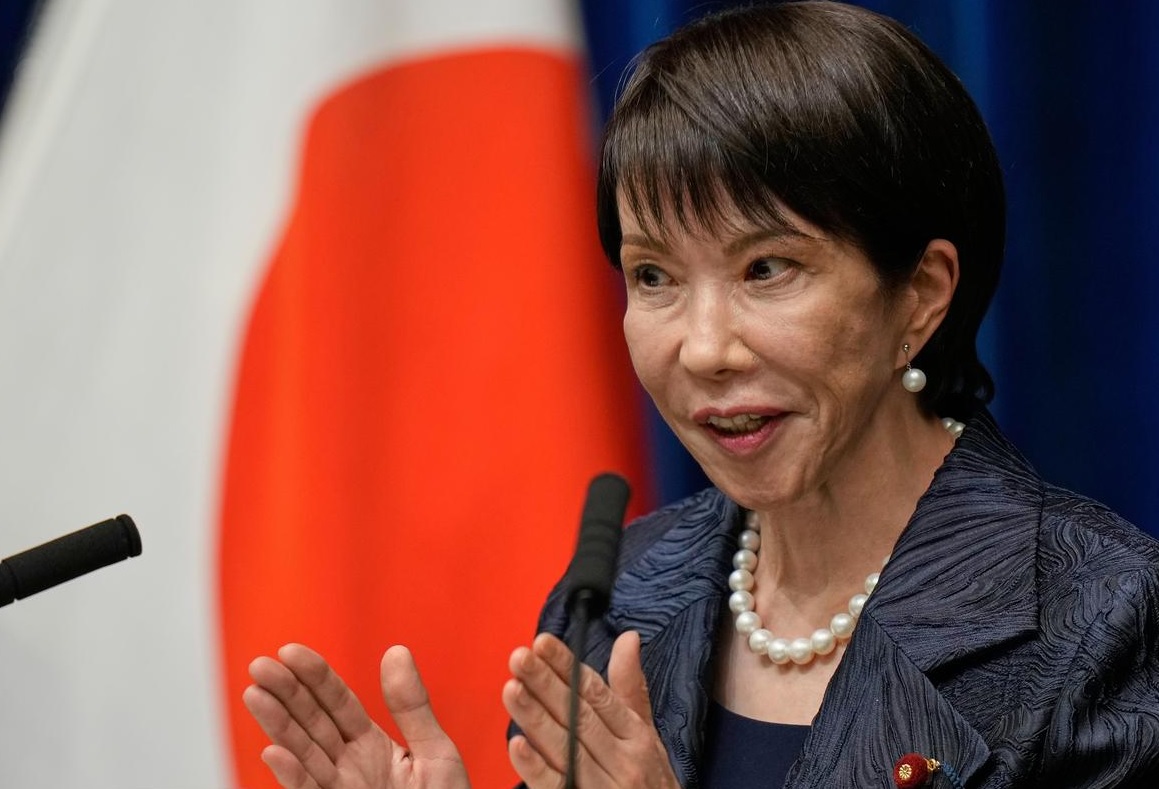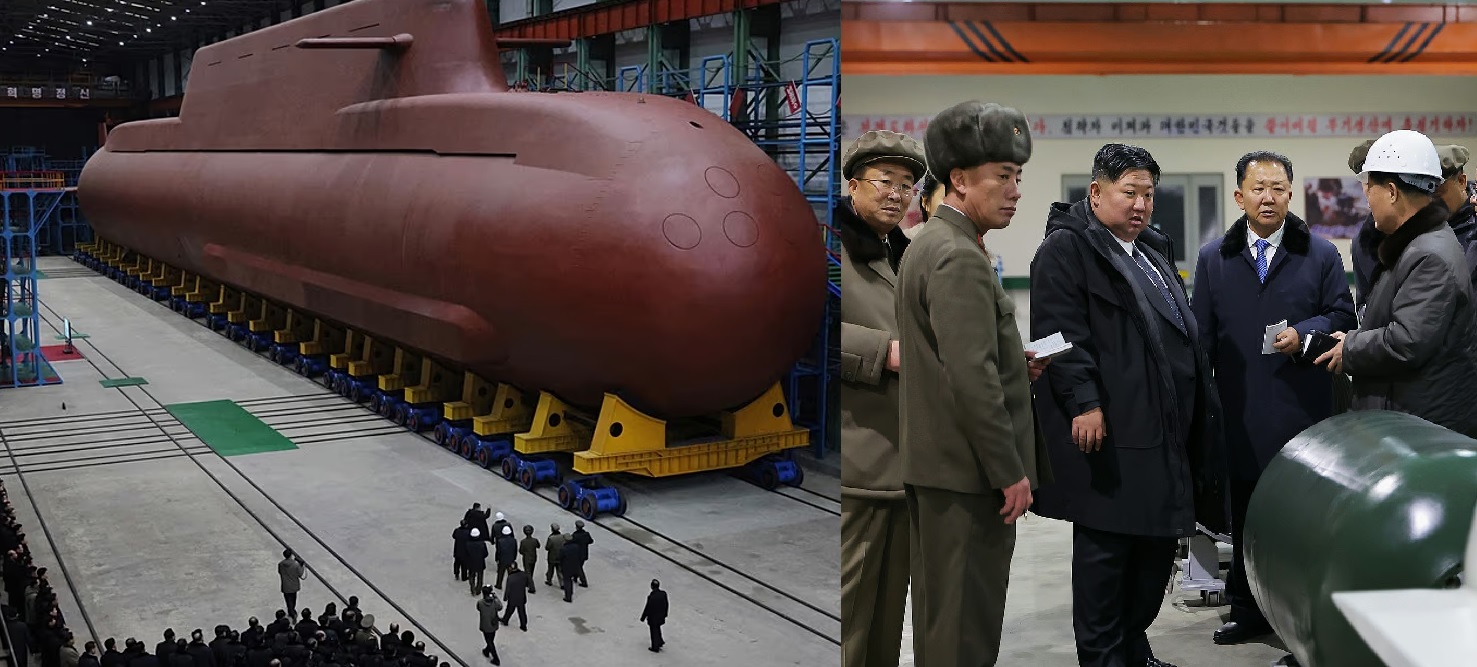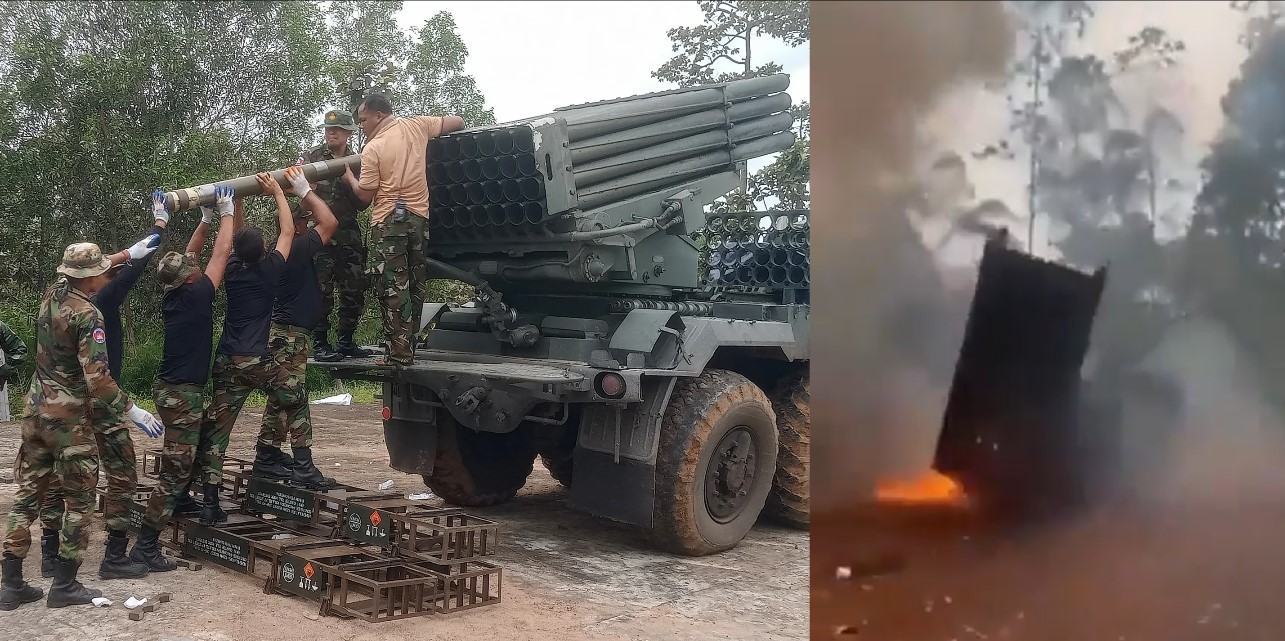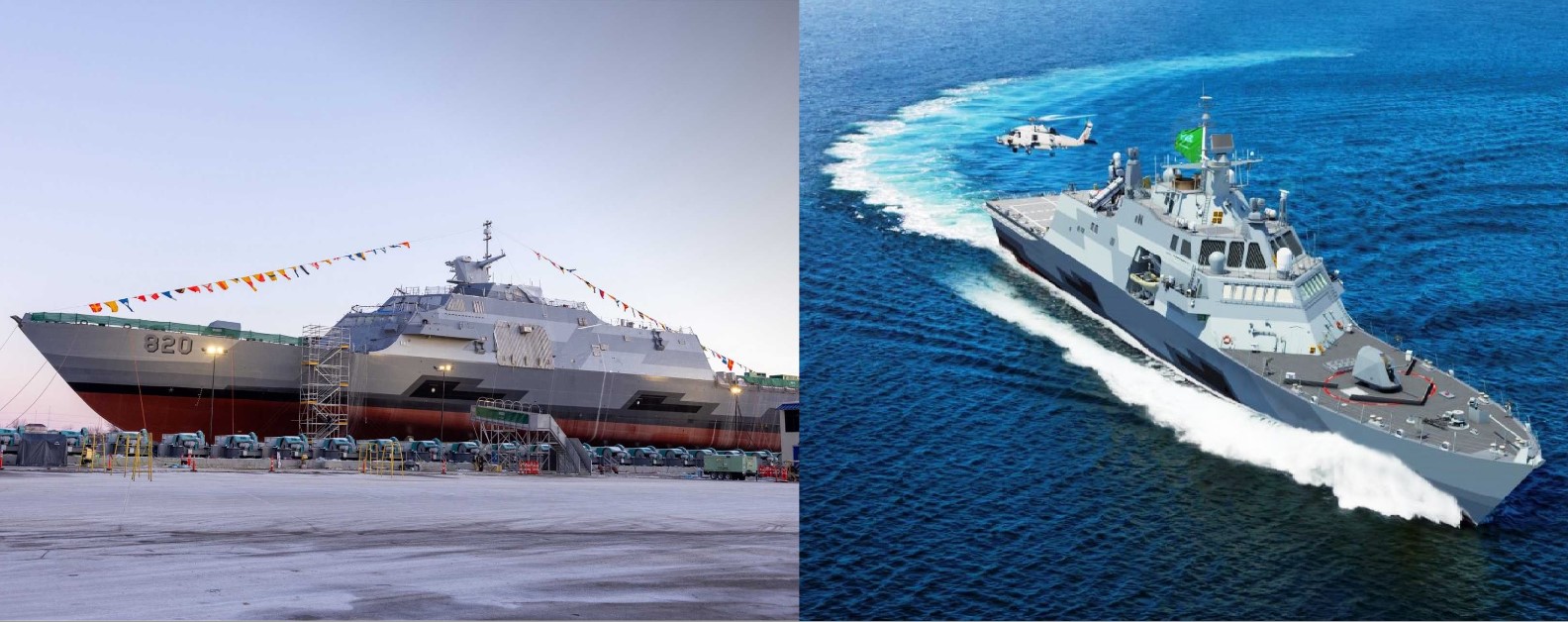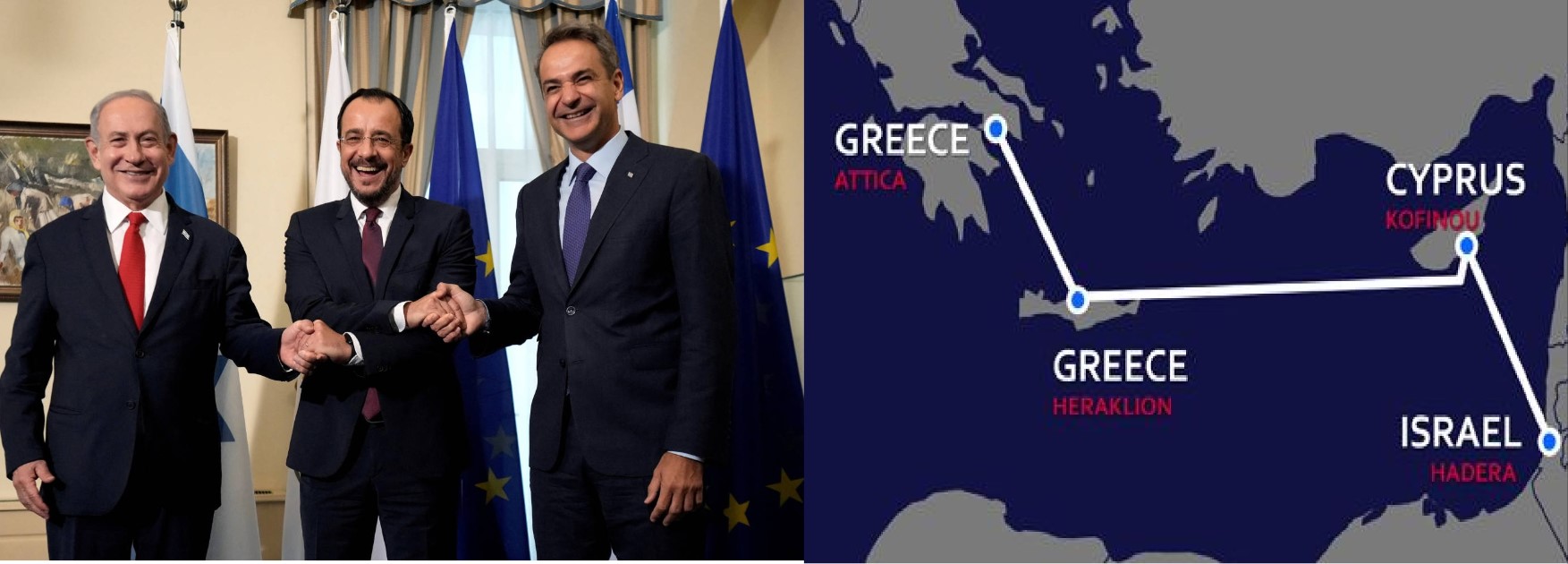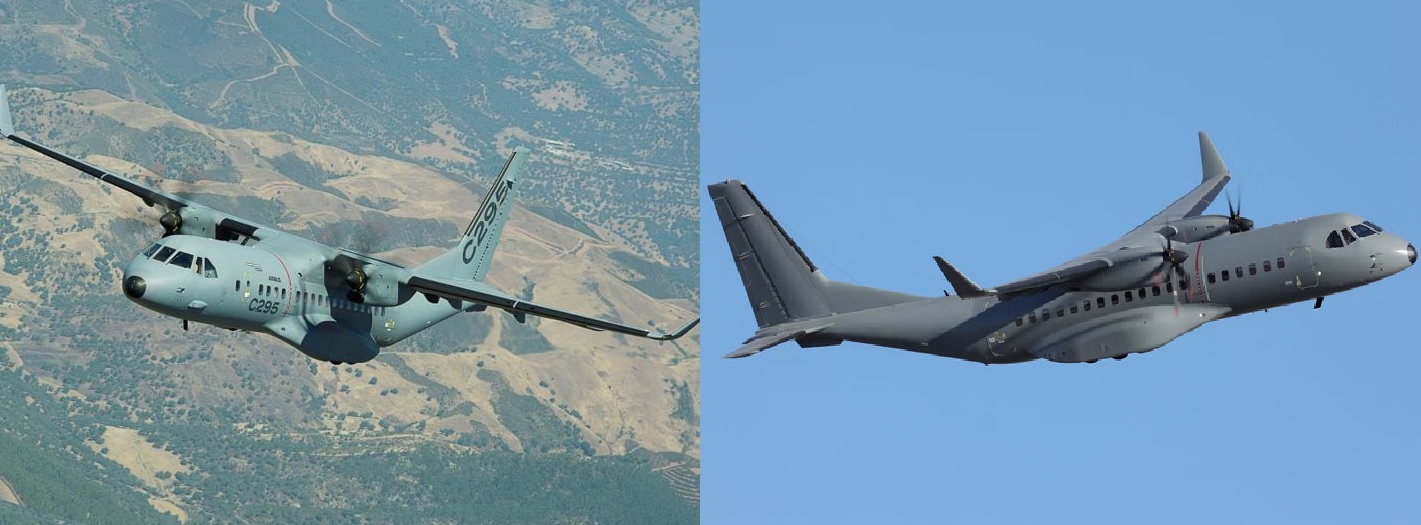DRDO’s 'Netra' AEW&C System Nears Full Operational Status After 7 Years of Development

India's indigenous Airborne Early Warning and Control (AEW&C) system, known as *Netra*, is nearing a significant milestone. After nearly seven years of development and testing, the system is expected to achieve Full Operational Capability (FOC) by the end of the year. This milestone marks a major leap forward for the Indian Air Force (IAF), as it will be fully equipped with a powerful surveillance and command system capable of boosting India's aerial defense.
The Netra program, developed by India’s premier defense research organization, the Defence Research and Development Organisation (DRDO), has been a crucial part of India’s growing self-reliance in defense technologies. The program began taking shape in 2017, when it was granted Initial Operational Capability (IOC) status. Since then, the IAF has been using two Netra Mk1 systems, which are mounted on the Brazilian Embraer ERJ-145 platform. These systems have been instrumental in enhancing India's air surveillance capabilities, providing early warnings on aerial threats and helping with command-and-control functions in combat and peacetime operations.
The third Netra Mk1 platform has served as a testing bed for upgrades and further advancements. Over time, the system has been subject to significant improvements, making it more robust and capable. One of the notable developments this year has been the clearance for the IAF to procure six upgraded Netra Mk1A systems. These advanced versions incorporate numerous upgrades over the initial model, such as enhanced radar and tracking capabilities, better communication systems, and increased operational range.
Looking ahead, the future of the Netra program seems even brighter. In a bid to further strengthen its air defense, India is set to acquire six Netra MkII systems. Unlike the first iteration, these will be mounted on the Airbus A321 platform, which offers a larger airframe and significantly more space for advanced electronics and sensors. The *Netra MkII* promises extended surveillance range, improved detection and tracking capabilities, and the ability to monitor a wider airspace simultaneously. This will make it a critical component in safeguarding India’s skies against both conventional and asymmetrical threats.
What makes Netra especially crucial is its strategic role in enhancing the IAF’s ability to maintain control over air operations. AEW&C systems like Netra are often referred to as "force multipliers" because they dramatically increase the effectiveness of other military assets. By providing real-time data on enemy aircraft, missiles, and ground movements, Netra allows Indian forces to take timely action. Whether it’s identifying a hostile aircraft or managing large-scale combat operations, *Netra* provides the situational awareness and coordination that are key to modern warfare.
The Netra AEW&C system also aligns with India’s broader ambition to become self-sufficient in defense technologies. Given its complex nature, developing an AEW&C system domestically is no small feat. It represents a culmination of years of research, testing, and collaboration across multiple defense and aerospace sectors. With the Netra program, India joins an exclusive group of nations that have developed indigenous airborne early warning systems, placing it in a stronger position on the global defense stage.
In conclusion, as the Netra AEW&C system moves closer to achieving Full Operational Capability, it stands as a testament to India's defense innovation and resilience. With both the Netra Mk1 and upcoming Netra MkII systems, the Indian Air Force is set to bolster its defense infrastructure, enhancing its surveillance capabilities and readiness to respond to emerging threats. By the end of this year, India’s air defense will be significantly stronger and more responsive, thanks to the successful realization of the *Netra* program.
✍️ This article is written by the team of The Defense News.
